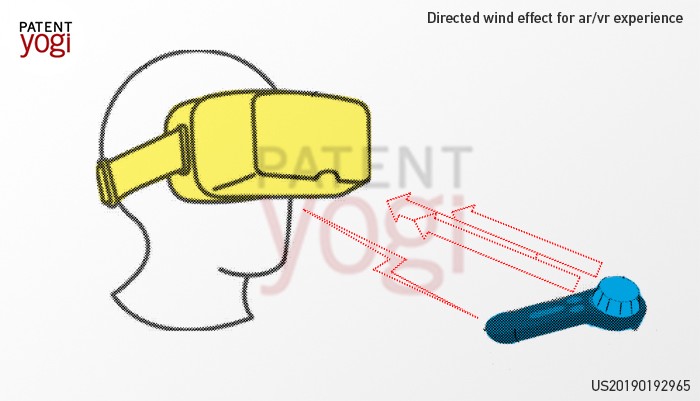by Blogmeister Meisterblogger | Sep 26, 2024 | Careers, IMyTH
iMyth – Dare to live the adventure! Position: DesignerCompany: iMyth – Immersive Theme World Experiences Location: Remote, HQ in Orlando About UsiMyth is on a mission to revolutionize how people experience stories. We develop custom, interactive, immersive theme... by Blogmeister Meisterblogger | Sep 20, 2024 | Careers, IMyTH
“Frustrated pre-teen waiting for a missed opportunity to interact with his favorite hero.” ? Programmer at iMyth – Dare to Live the Adventure! Location: Remote, centered in Orlando About iMyth iMyth (Immersive Theme World Experiences) is...

by Blogmeister Meisterblogger | Aug 21, 2019 | Entertainment, Immersive Theme-worlds, IMyTH, Industry, Interactive Storytelling, Technology
I like to stay abreast with technological developments which not only advance location-based entertainment but interactive storytelling as well. This new announcement from Disney sounds interesting. Disney research just filed a patent for a new head mounted...

by Blogmeister Meisterblogger | Aug 13, 2019 | Grammar Based Universes, Immersive Theme-worlds, IMyTH
Quite a few years ago, I was very excited about a project called No Man’s Sky, No Man’s Sky and No Man’s Sky Grammar Based Universe. For me this represented the very first wide-open Grammar Based Universe. You may be asking, “What is a grammar...

by Blogmeister Meisterblogger | Aug 9, 2019 | Entertainment, Immersive Theme-worlds, IMyTH, Interactive Storytelling
I recently came upon this Facebook article from the UK about, what they claim, the world’s most immersive experience: Boom Town. https://www.facebook.com/BuzzFeedUK/videos/2330089977077212/ Before this posting I have never seen or heard of Boom Town before. It... by Blogmeister Meisterblogger | Jan 24, 2017 | IMyTH, Technology
OK – everyone loves to pick on the Japanese for their quirky fascinations and the lengths they will go in to satisfy these interests. In this case a Japanese inventor may be on to something that is really useful for the iMyth Experience. A VR company called...

